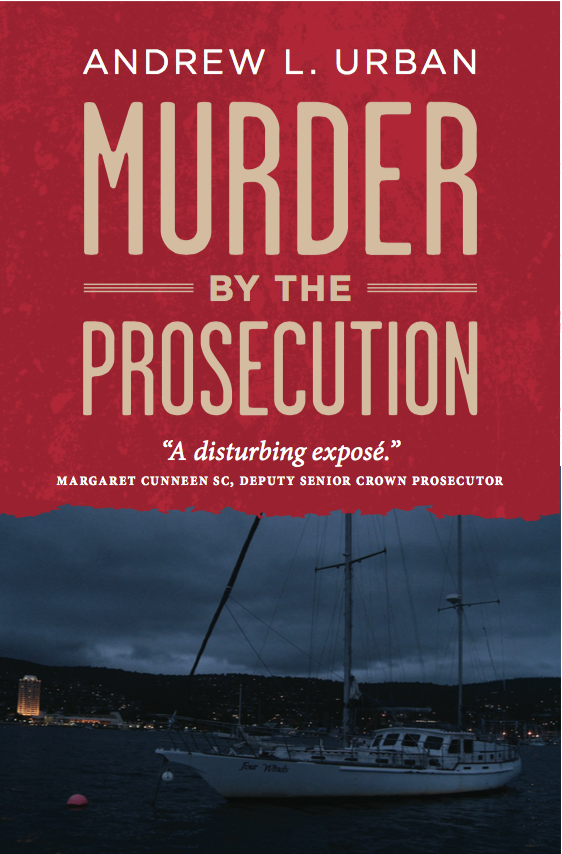Andrew L. Urban’s ‘troubling expose’ (as Margaret Cunneen SC put it) Murder by the Prosecution is now available digitally from the Kindle store, at A$8.55.
Writing in The Spectator Australia (Sept. 22, 2018), Cunneen says: ‘Murder by the Prosecution is engrossing and troubling. Back and forth, the reader is propelled, much as a jury is during the ‘test match’ that a murder trial resembles.
 The later stand-alone chapters on other murder trials which have been found to have been unjust stand as sentinels fortifying Urban’s impassioned premise that Susan Neill-Fraser is serving a 23 year sentence for a murder she did not commit. The ethical prosecutor works not for a particular verdict, but for justice to be done. This must be the hope for Susan Neill-Fraser.”
The later stand-alone chapters on other murder trials which have been found to have been unjust stand as sentinels fortifying Urban’s impassioned premise that Susan Neill-Fraser is serving a 23 year sentence for a murder she did not commit. The ethical prosecutor works not for a particular verdict, but for justice to be done. This must be the hope for Susan Neill-Fraser.”

 The later stand-alone chapters on other murder trials which have been found to have been unjust stand as sentinels fortifying Urban’s impassioned premise that Susan Neill-Fraser is serving a 23 year sentence for a murder she did not commit. The ethical prosecutor works not for a particular verdict, but for justice to be done. This must be the hope for Susan Neill-Fraser.”
The later stand-alone chapters on other murder trials which have been found to have been unjust stand as sentinels fortifying Urban’s impassioned premise that Susan Neill-Fraser is serving a 23 year sentence for a murder she did not commit. The ethical prosecutor works not for a particular verdict, but for justice to be done. This must be the hope for Susan Neill-Fraser.”